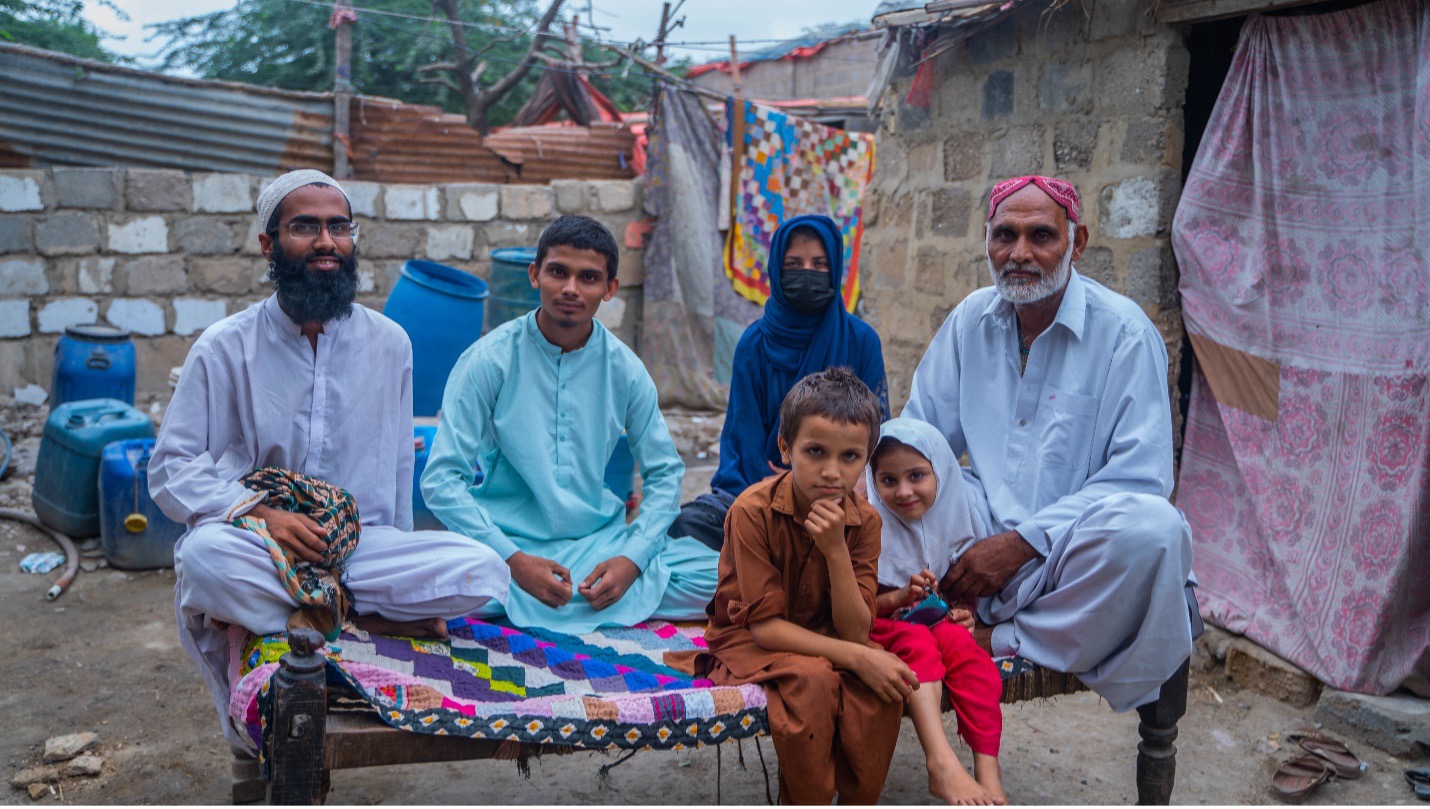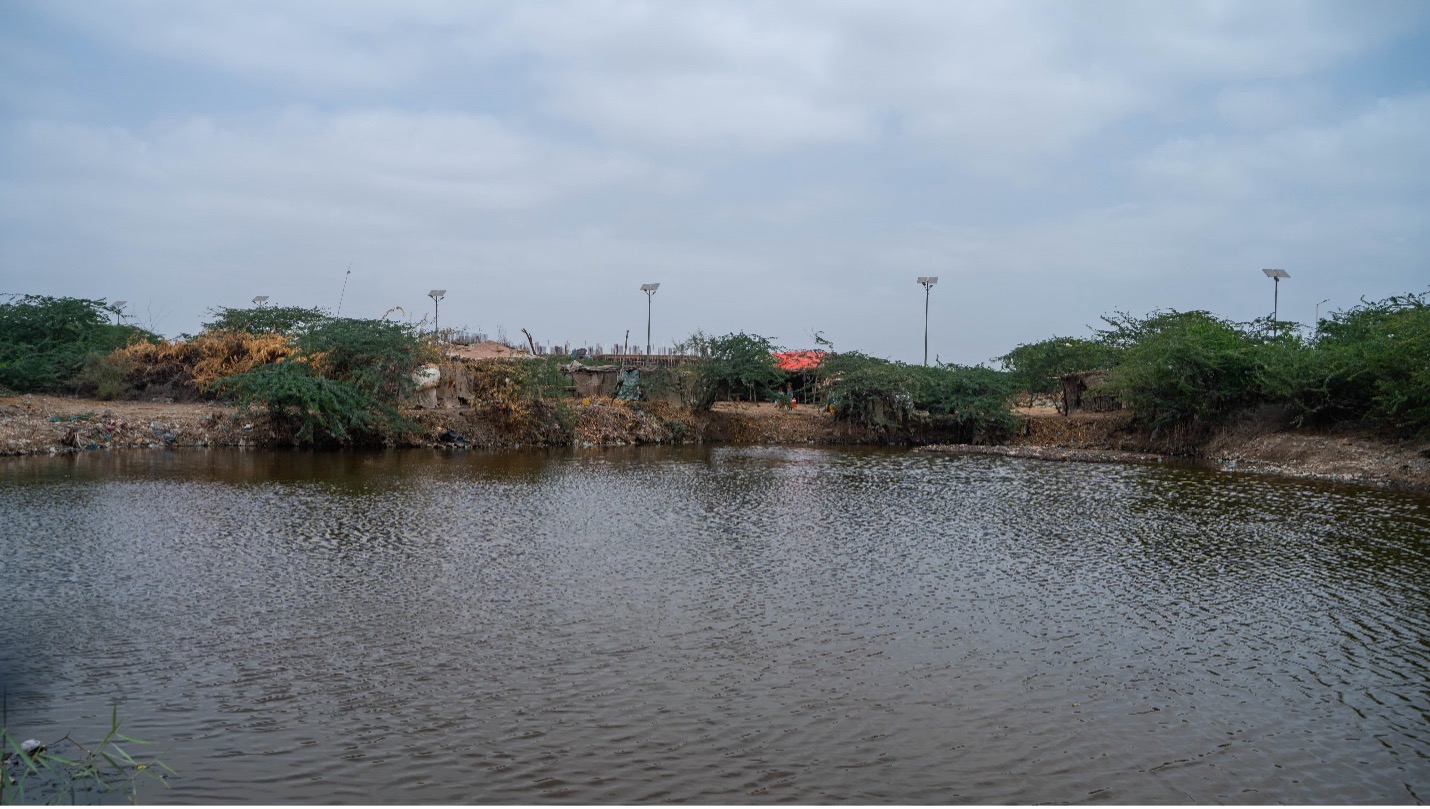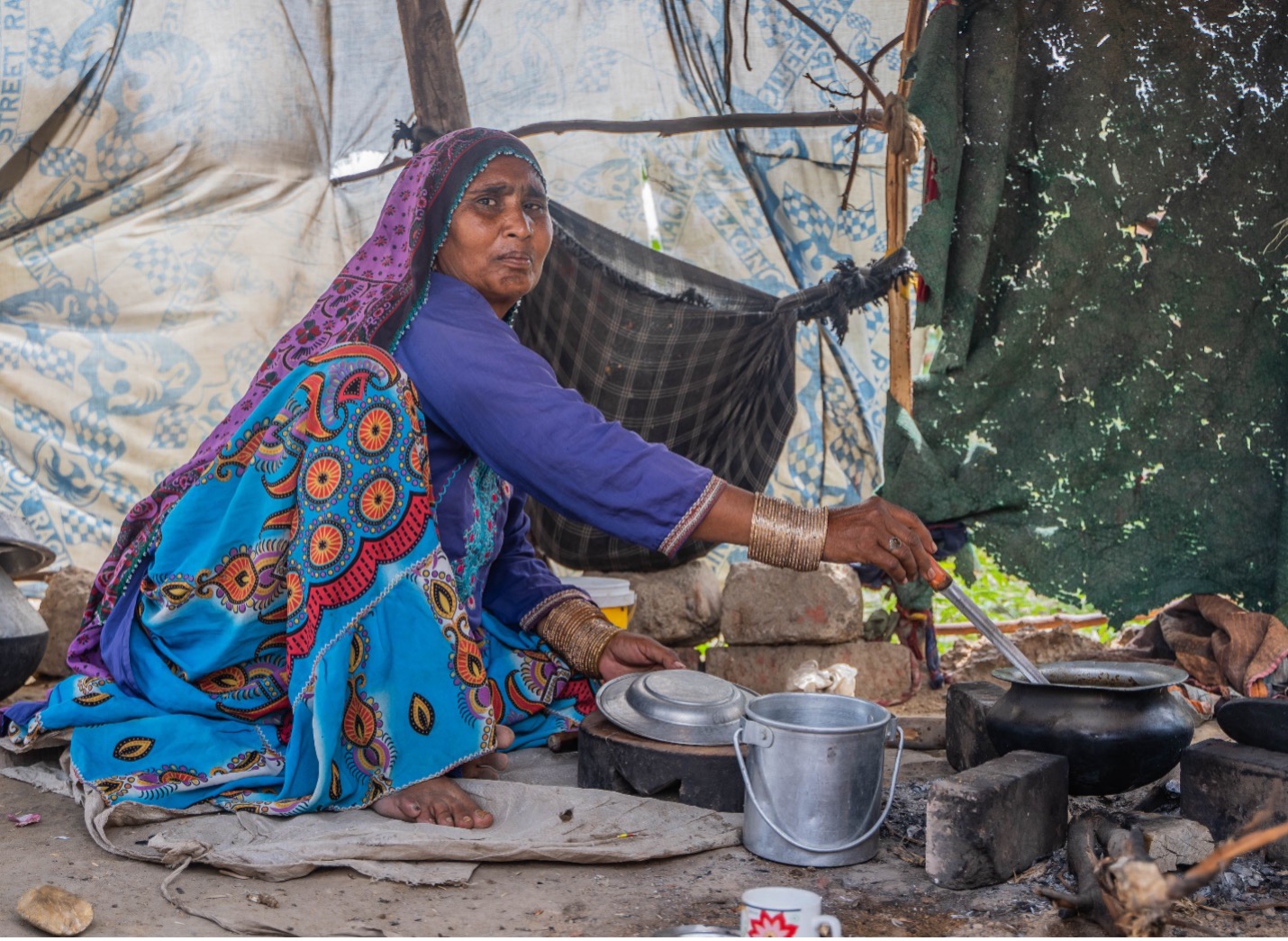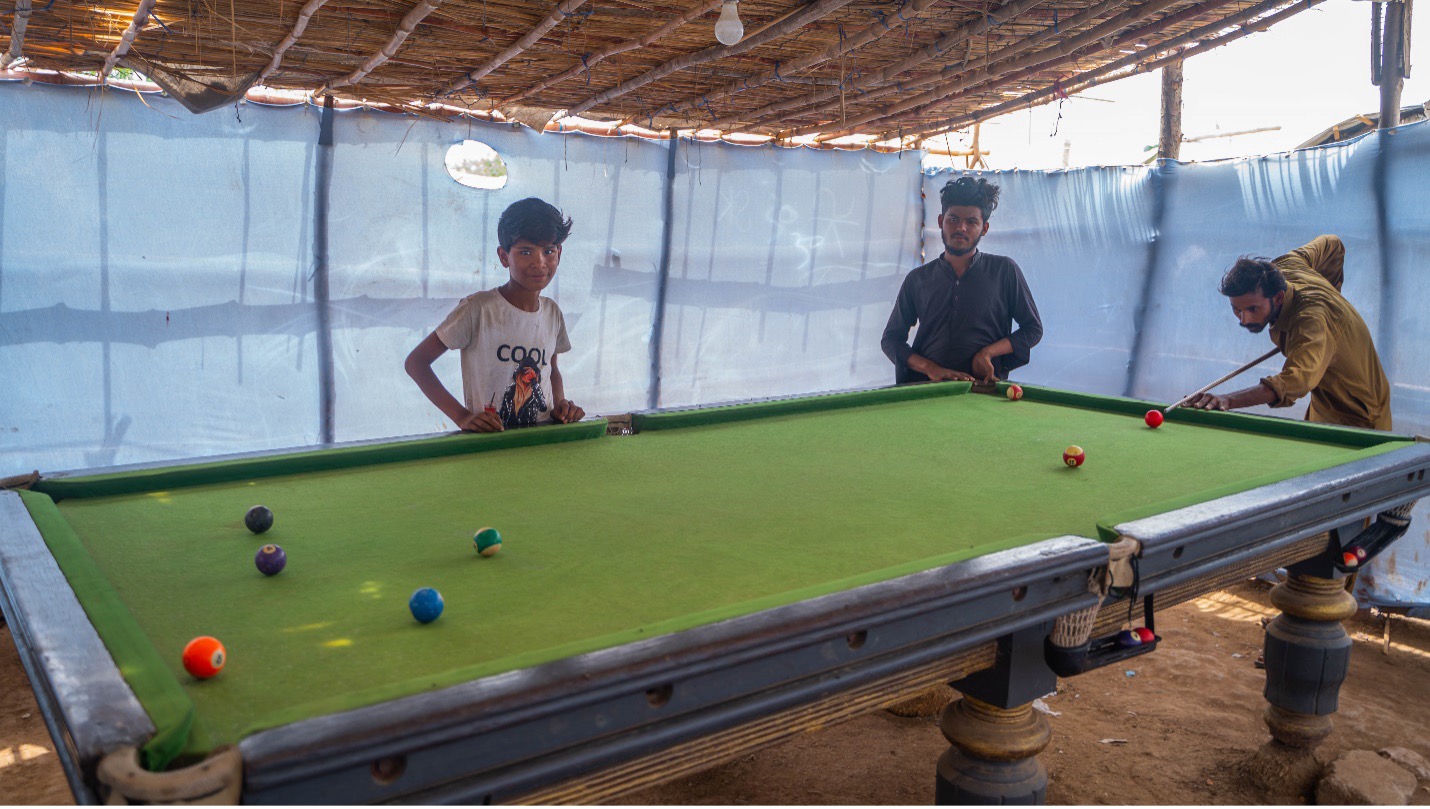From Climate Crisis to Political Gambit: Exploring the Displacement-Peace Connection in Pakistan
Climate-induced displacement has become a global reality, amplifying existing inequalities and injustices (Warner et al., 2009; Blok, 2020; Beck, 2010). Particularly in Less Developed Countries (LDCs), such as Pakistan, climate change poses a significant threat to food security, health, and economic stability (Warner et al., 2009). This phenomenon not only mirrors social inequity but also contributes to social injustice and ecological damage (Schlosberg & Collins, 2014). Climate change impacts, including floods, droughts, and windstorms, disrupt gendered social systems (Brulé, 2023), erasing the boundaries between rich and poor, core and periphery, and emphasizing the shared threat to humanity (Beck, 2010). Despite that, the climate crisis is not equally distributed and is not seen as a social equalizer. Climate-related disasters, linked to climate change, are a major driver of displacement (Climate Change as a Driver of Covid-19, 2022).
Failing to integrate gender equality into climate adaptation efforts may worsen global gender disparities (Huyer, 2016).
Countries least responsible for climate change, like Pakistan, bear the brunt of its effects (Levy & Patz, 2015). Pakistan, situated in the Global South, faced devastating floods in 2010 and 2022, causing loss of life and extensive damage. Vulnerable populations, including those living in conflict or displacement, suffer disproportionately from climate crisis impacts. Displacement disrupts lives, damages infrastructure, and jeopardizes human rights, including education, standard of living, and health (M & Asio, 2022).

This family was displaced after the Superfloods of 2010 which hit their home located in the rural lands of the city Dera Murad Jamali in Balochistan Province. They have been living in Karachi since then, in a neighbourhood built to accommodate the communities displaced by floods. These were initially tent houses, set up by Pir Farrukh Shah Sirhindi as an act of philanthropy.
In the context of climate-induced disasters, many displaced during the 2010 Super floods in Sindh relocated to Karachi, an economic hub. It is the state's duty to protect and fulfil the human rights of these displaced people without discrimination. Displacement, unlike migration, is often abrupt, leaving individuals without a sense of belonging or planned destinations. Displaced populations, commonly facing poverty, low education, trauma, and poor health, often encounter barriers to political participation (Duarte-Gómez et al., 2018). In some cases, their presence in the city is overlooked, and they are not accounted for in census exercises. These barriers deny their rights, disenfranchise displaced voters, and deprive them of a voice in decisions that affect their lives.
Formation of Communities Out of Climate Displacement and the Political Milieu
There is a crucial distinction between migration and displacement. Displacement is often sudden, leaving individuals without a sense of belonging or a planned destination. Climate-induced displacement is typically associated with various climatic calamities, including sudden floods that force populations to abandon their homes, assets, and livestock in search of safer environments for their survival and well-being. However, in many instances, displaced populations are exploited as political instruments by community leaders. Often, ordinary people fail to grasp this underlying manipulation.
Some settlements exert influence over the bureaucracy, as observed in Sindhabad, Karachi where residents obstructed the polio vaccination team multiple times and demanded inclusion in the Digital National Census of 2023.
They also sought to transfer their votes to Karachi under the guidance of community leader Pir Farrukh Shah, who aimed to participate in Provincial and Local body elections. Shah expressed his intention to engage in local politics actively.
Community leaders like Shah form committees composed of community members, leveraging ethnic backgrounds to mobilize support, who consider themselves the ‘sons of the soil,’ take pride in their heritage and claim priority rights over Karachi, arguing that those who arrived after 1953 do not deserve shelter in Pakistan. They emphasize that this claim is enshrined in the country's constitution. Biharis, who are not considered Pakistani, are specifically targeted, while Pashtuns are also met with hostility.

A community displaced by floods in Sindh, made makeshift houses in the outskirts of Karachi. This community is located on the main Super Highway between Karachi and Islamabad. The water on the low-lying land is still standing, causing health hazards.
Shah describes, “The displaced community as diverse, including Hindus, Muslims, Sikhs, and Christians living together in harmony. However, tensions arise with outside populations, exemplified by a clash between Hindus seeking employment in vegetable markets and Pashtuns who accused them of dirtying the area and subjected them to physical violence. Our people face this only on their lands by these ‘outsiders’ and we won’t let this happen”.
The primary focus of the community and its leader lies on the population displaced by floods, constituting approximately 95% of the community. Other forms of climate-induced displacement, such as those resulting from drought or the shrinking of agricultural land, are often downplayed or outright denied by influential figures like Pir Farrukh Shah. There is a deliberate effort to maintain a narrative that portrays the community as exclusively affected by floods.

A woman from the Jogi Community of Umerkot was spotted cooking in their makeshift home located in the hustling neighbourhood of Sindhabad. Her community was forced to leave their homes in Umerkot after severe drought-like conditions there. They moved to Karachi in 2015 and since then, they are struggling to bring some semblance to their lives.
However, interviews conducted with two sub-communities within the larger community of Sindhabad, including the Jogi community, which comprises over 500 families, revealed a different story. Jogi’s previously resided in Bhutto Colony, Umerkot, but were encouraged to leave due to drought conditions and limited opportunities. While the Jogi community acknowledges that they found increased exposure and more opportunities to earn a livelihood in Karachi, it is evident that the reasons for their migration extend beyond the factors of climate displacement or economic migration. The move appears to be aimed at boosting their numbers, visibility, and political influence, all while perpetuating existing ethnic tensions between Sindhi and Pashtun, Sindhi and Siraiki, Sindhi and Urdu-speaking (also referred as Mohajir), and Sindhi and Afghan ethnicities.
The community leader said, “Some individuals have filed a petition in court regarding the land occupied by 500 Quarters and we have taken up the legal battle, utilizing our network of lawyers and familiarity with court procedures.”

This displaced community in Sindhabad, Karachi has found a way to keep themselves entertained on their free days. They are mostly affected by the Superflood of 2010.
The 500 Quarters community operates through a committee of 7-8 individuals who address various community matters. Although all residents have applied for a transfer of votes to Karachi, they face challenges in the process.
He has become a prominent figure in Karachi, referred to as a "Local Wadera," while others in the community continue to work as daily wage labourers. The community asserts its claim to the land, citing their 13-year presence and arguing that the government should transfer ownership to them. When asked if any flood-displaced families joined the community following the 2022 floods, the leader denied it, stating that all residents are long-term inhabitants and owners of the land. However, many on the initial visits identified themselves as one.
It is intriguing to observe the presence of displaced communities in both Karachi, the provincial capital of Sindh, and Islamabad, the Federal Capital of Pakistan. Economic growth and livelihood prospects are generally higher compared to other cities, but displaced communities face anxieties, traumas, and loss of life, belongings, and livestock.
In Islamabad, there is currently no observable pattern of climate-induced displacement. People from the northern regions tend to remain attached to their land and engage in temporary displacement to nearby villages before returning. The absence of climate-induced displacement in Islamabad may be attributed to rehabilitation plans implemented by the National Disaster Management Authority (NDMA). However, this plan is not applied in the south, particularly in Sindh and Karachi, resulting in a different pattern of displacement. It is possible that, in the next 10 to 20 years, a similar trend may emerge in Islamabad as economic migrants settle there and serve as host communities for displaced populations. While these displaced communities face numerous challenges, such as a lack of basic facilities and access to water and electricity, their presence in cities allows for greater freedom of movement and decision-making within their families. However, community leaders exploit their presence and votes for political gains, benefiting both parties involved.
REFERENCES:
- (2022). Climate change as a driver of COVID-19: the protection of refugees in the post-COVID-19 world. JLPG. https://doi.org/10.7176/jlpg/118-04
- Beck, U. (2010). Remapping social inequalities in an age of climate change: for a cosmopolitan renewal of sociology. Global Networks, 10(2), 165-181. https://doi.org/10.1111/j.1471-0374.2010.00281.x
- Blok, A. (2020). Urban green gentrification in an unequal world of climate change. Urban Studies, 57(14), 2803-2816. https://doi.org/10.1177/0042098019891050
- Brulé, R. (2023). Climate shocks and gendered political transformation: how crises alter women’s political representation. Politics & Gender, 1-7. https://doi.org/10.1017/s1743923x22000393
- Duarte-Gómez, M., Ruiz-Rodríguez, M., Arredondo, A., & Cortés-Gil, J. (2018). Challenges of health services related to the population displaced by violence in Mexico. Revista De Saúde Pública, 52, 77. https://doi.org/10.11606/s1518-8787.2018052017094
- Huyer, S. (2016). Closing the gender gap in agriculture. Gender Technology and Development, 20(2), 105-116. https://doi.org/10.1177/0971852416643872
- Levy, B. and Patz, J. (2015). Climate change, human rights, and social justice. Annals of Global Health, 81(3), 310. https://doi.org/10.1016/j.aogh.2015.08.008
- M, D. and Asio, F. (2022). The impact of disasters and climate change on migration and displacement. Technoarete Transactions on Climate Change and Disaster Management Research, 1(2). https://doi.org/10.36647/ttccdmr/01.02.a004
- Munawar, H., Khan, S., Anum, N., Qadir, Z., Kouzani, A., & Mahmud, M. (2021). Post-flood risk management and resilience building practices: a case study. Applied Sciences, 11(11), 4823. https://doi.org/10.3390/app11114823
- Schlosberg, D. and Collins, L. (2014). From environmental to climate justice: climate change and the discourse of environmental justice. Wiley Interdisciplinary Reviews Climate Change, 5(3), 359-374. https://doi.org/10.1002/wcc.275
- Thalheimer, L., Simperingham, E., & Jjemba, E. (2022). The role of anticipatory humanitarian action to reduce disaster displacement. Environmental Research Letters, 17(1), 014043. https://doi.org/10.1088/1748-9326/ac4292
- Warner, K., Hamza, M., Oliver-Smith, A., Renaud, F., & Julca, A. (2009). Climate change, environmental degradation and migration. Natural Hazards, 55(3), 689-715. https://doi.org/10.1007/s11069-009-9419-7
